One article to understand the five major data types and application scenarios of Redis
- 咔咔Original
- 2020-05-25 16:53:141990browse
1.string type
Add/modify data: set key value
Get data: get key
Delete data: del key
Add/modify multiple data: mset key value key1 value1
mget key key1
append key value
1-2 String type increase and decrease operations
Set the value to increase the value in the specified range: incr key defaults to increment by 1 each time | incrby key value each time a new value is added
Set the data to decrease the specified range: decr key | decrby key value is the same as adding new one
Application scenario
Control the primary key of the database table id, provides a primary key generation strategy for the database table to ensure the consistency of the primary key of the data table.
Set expiration time: setex key seconds value
Application scenarios
Realize time-limited voting function: for example, a WeChat vote can be cast once an hour
Realize hot information: for example, e-commerce Popular products in the industry, popular news on news websites
Weibo big V homepage For high-frequency visits, the number of fans, followers, and Weibo needs to be updated from time to time. This is high-frequency information. We can use the string type of redis to solve it. 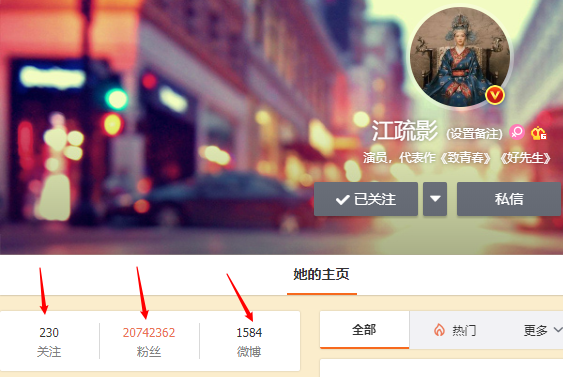
Set user information for big V in redis, using the user's primary key and attributes as key values. The following is the implementation case. 
Here we need to briefly talk about the key naming rules: table name primary key primary key value field: field value. Naming according to such rules can manage our key values very well.
We can also use another way to achieve it, which is to directly follow the key with a structure, for example 
Both of the above methods can be achieved. Yes, it's just that the first one can easily manage any value, while the second one has to be changed once every time. Depending on the business scenario, it can be refreshed regularly.
Add/modify data: hset key field value
Get data: hget key field | hgetall key
Delete data: hdel key field field1
Add/modify multiple data: hmset key field value field1 value1
hmget key field field1
hlen key
hexists key field
2-2 Extended operations for hash type data
Get all the field values in the hash table: hkeys key
Get all the field values in the hash table: hvals key
Set the value of the specified field to increase the value of the specified range: hincrby key field increment | hincrbyfloat key field increment
This picture comes from the Internet and is not homemade. It just simulates the shopping cart scene.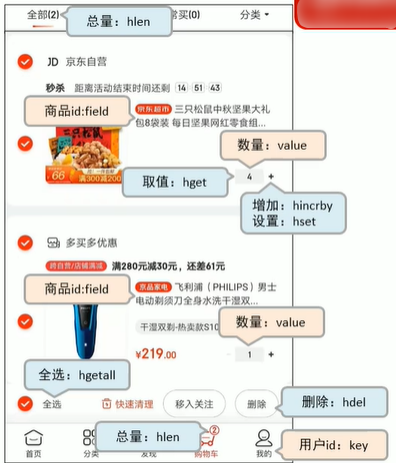
In the above picture, we can see the information in the shopping cart. Next, we use redis to process this. Shopping cart implementation.
Here is an implementation of adding a shopping cart and getting a shopping cart. The keys are named table name primary key primary key value 
In the above picture, we will One problem is that there will be a lot of duplication in product information storage, so we also need to hash the products individually. As shown in the figure below, only the product id
is provided here. One is to set multiple fields, and the other is to store it directly as json. If the information does not change frequently, you can use json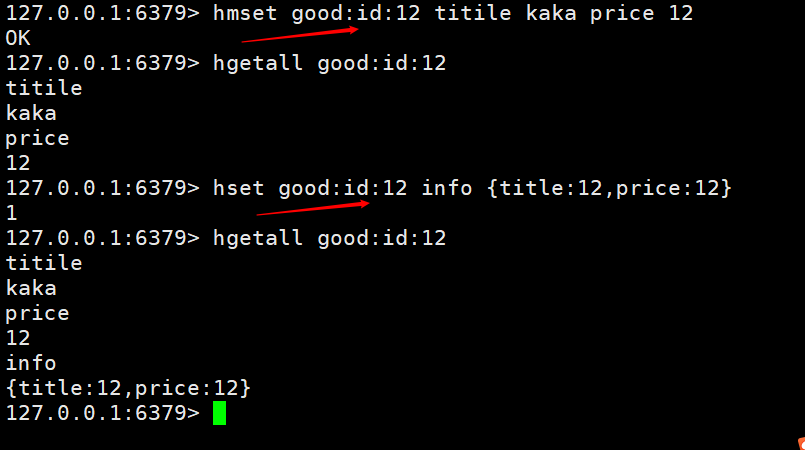
to provide you with a methodhsetnx key field value. If it exists, it will not be added, if not, it will be added. This function is used to avoid overwriting and useless operations when different users add the same product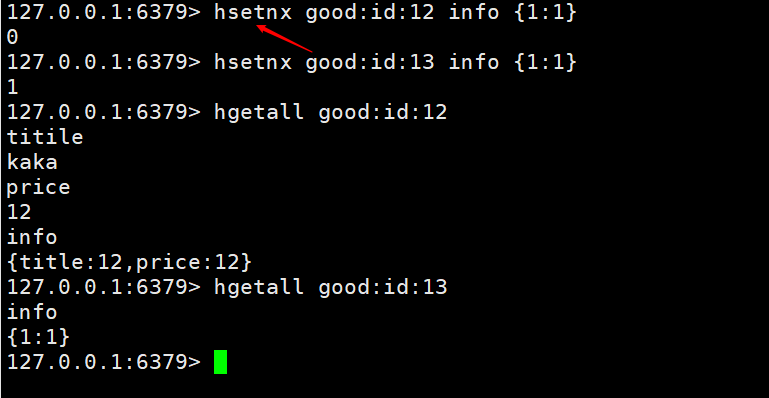
Data storage requirements: store multiple data, and distinguish the order of the storage space of the data
Required data structure: one storage space saves multiple data, and the entry sequence can be reflected through the data
list type: save multiple data, the bottom layer uses a doubly linked list storage structure to implement
Add/modify data: lpush key value value1 | rpush key value value1
Get data: lrange key start end | lindex key index | llen key
Delete data: rpop key | lpop key
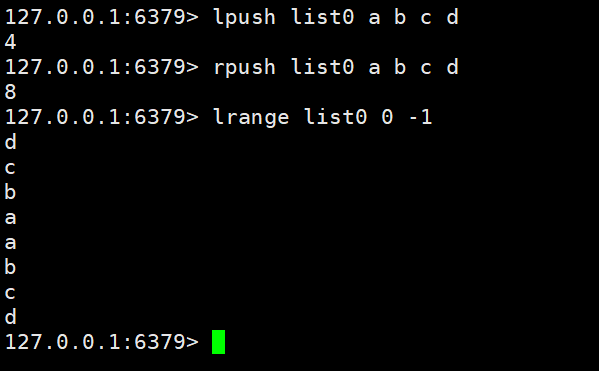
##3-2 Extended operations for list type data
Get and remove data within the specified time: blpop key1 key2 timeout | brpop key1 key2 timeout
Write a simple case for this function , easy to understand
After the terminal command on the left is executed, it will wait for 30 seconds to return the deleted data
When the add command on the right is executed The left side will directly return the deleted data
Above we know the basic operations of the list. Executing lpop key or rpop key can delete from the do or from the right, but now there is a scenario where the circle of friends likes business and then cancels the data from the middle. The case is as shown below
We first add a b c d
to list5 and then remove c
After checking, only a b d is left 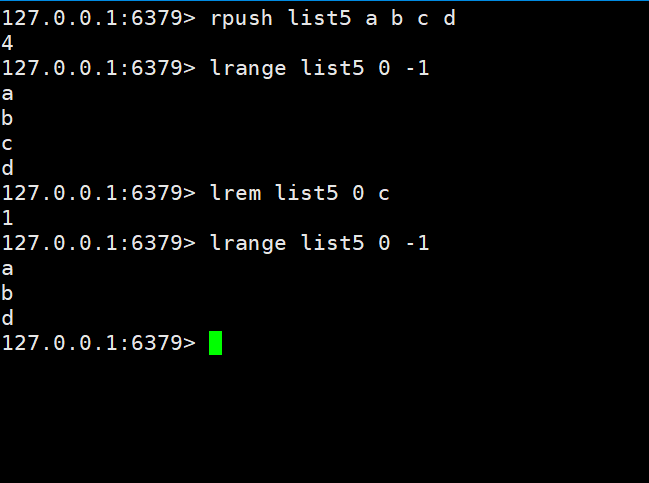
New storage requirements: store a large amount of data and provide higher efficiency for query convenience
Required storage structure: able to save a large amount of data , efficient internal storage mechanism, easy to query
set type: exactly the same as hash storage structure, only stores keys, not values (nil), and values are not allowed to be repeated
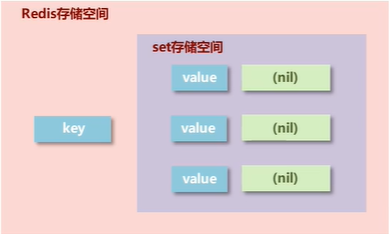
Add/modify data:sadd key member member1
Get data: smembers key
Delete data: srem key member1
Get the total amount of collection data: scard key
Judge whether the collection contains the specified data: sismember key member
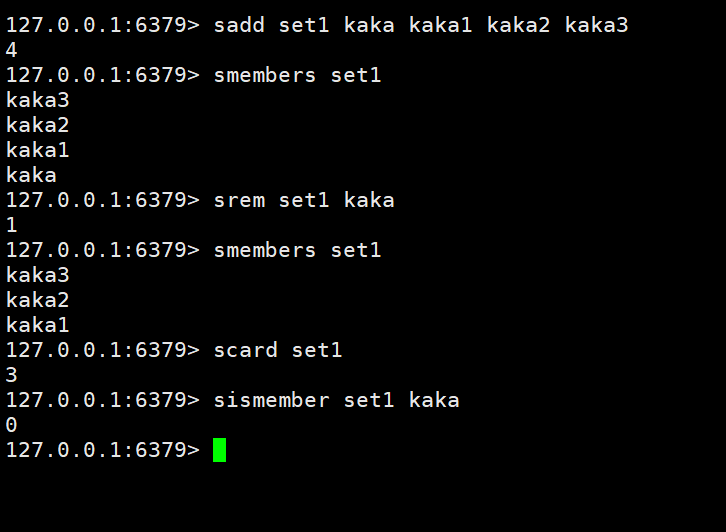
Randomly obtain the specified number of data in the set: srandmember key count
Randomly obtain a certain data in the collection and remove the new data set from the collection: spop key
Randomly push hot information, hot news, hot-selling travel, application app recommendations, follow recommendations, etc.
Since Kaka has been writing discuz recently, this case is used to achieve attention recommendation.
Case 1: Store corresponding users in the set according to a certain recommendation mechanism, and then randomly obtain 2 users who need to be recommended each time
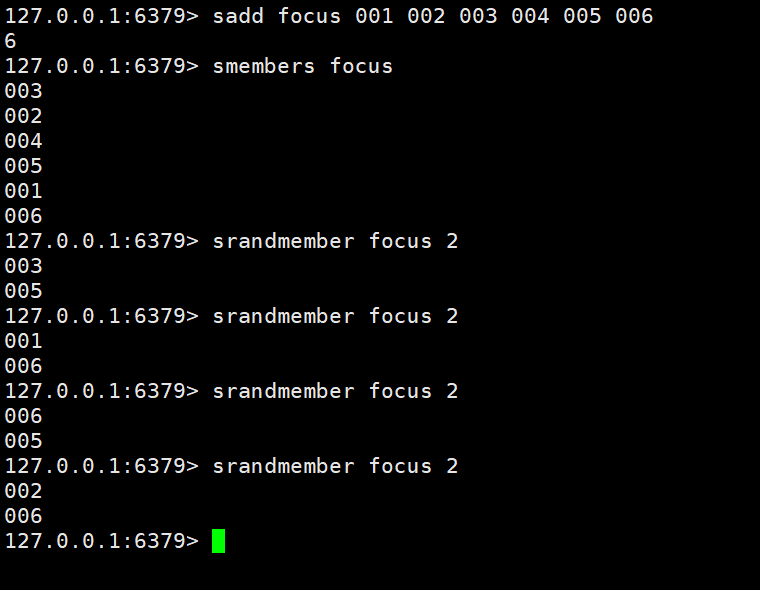
Case 2: Store the corresponding users in the set according to a certain recommendation mechanism, and then the users recommended every day based on the date cannot be repeated

The intersection, union, and Difference set
sinter key key1 sunion key key1 sdiff key key1
The intersection, union and difference set of two sets are stored in the specified set
sinterstore destination key1 key2 sunionstore destination key1 key2 sdiffstore destination key1 key2
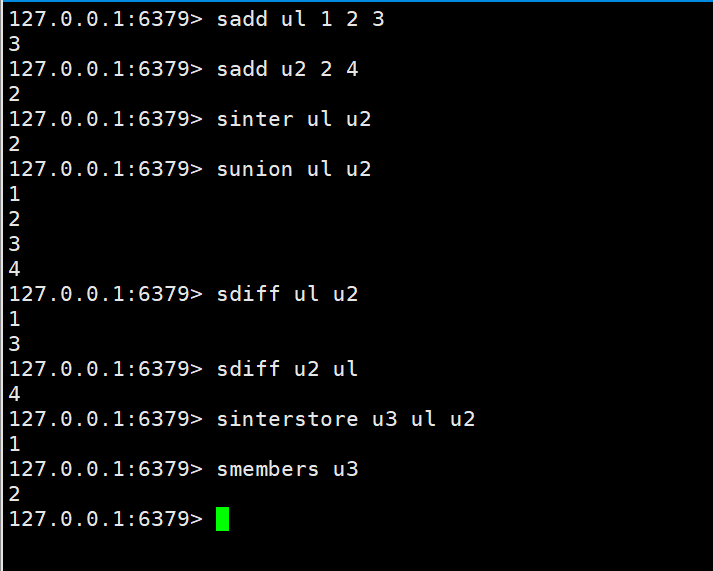
案例:我们需要挖掘一个信息的共同好友。例如微信公众号的共同关注好友数量、QQ添加新好友的推荐机制、深度挖掘用户直接的联系
就根据上述案例,我们可以使用差集来实现qq的有可能认识的好友。
PV直接使用string类型的incr统计即可
UV和IP都是独立不重复的,使用set来操作。
在上边我们知道set有一个特性就是不能重复,我们就可以根据这一点来轻松实现这个功能。然后使用scard key 来统计数量。
As for UV as an independent visitor, you can use local cookies to achieve it. In the same way, pass the cookie to redis for recording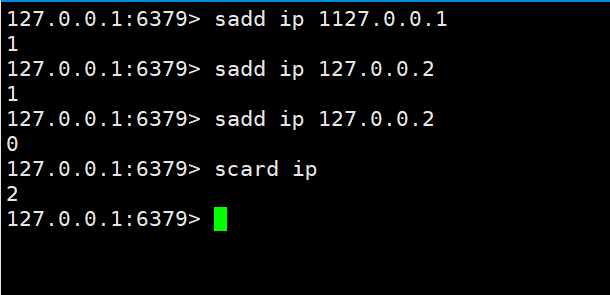
None of the previous four types supports sorting. The sorted_set type we will look at below supports both storage of big data and Sorting function
Add data:zadd key score member
Get data:zrange key start stop | zrevrange key start stop
Delete data: zrem key member
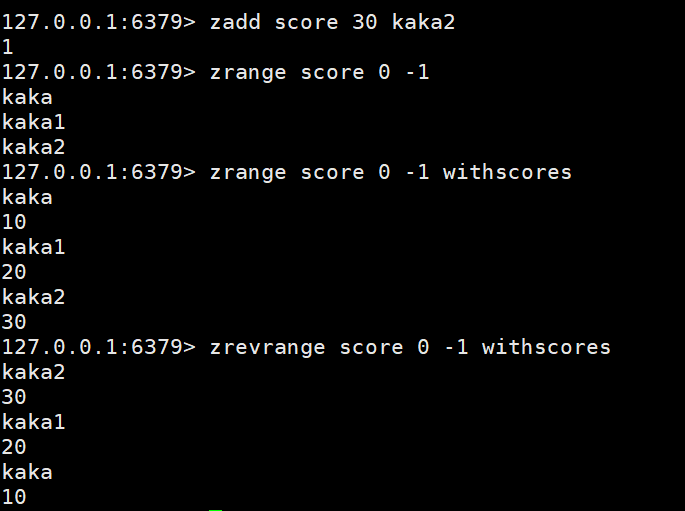
Get data based on conditions: zrangebyscore key min max limit | zrevrangescore key max min
Conditional deletion of data: zremrangebyrank key start stop | zremrangebyscore key min max
Get the total amount of collection data: zcard key | zcount key min max
Set intersection and operation: zinterstore destination numkeys key | zunionstore destination numkeys key(This command will not be demonstrated, you can check the document yourself. It is similar to set, except that it will The sums of all intersections are added up. Then there is numkeys. This parameter is the total number of keys required for calculation. How many keys are needed later)
Get the index corresponding to the data:zrank key member | zrevrank key member
socre value acquisition and modification: zscore key member | zincrby key increment member
The above is a brief introduction and specific application of the redis data type. In the following article, actual combat will be carried out based on specific needs.
The above is the detailed content of One article to understand the five major data types and application scenarios of Redis. For more information, please follow other related articles on the PHP Chinese website!

